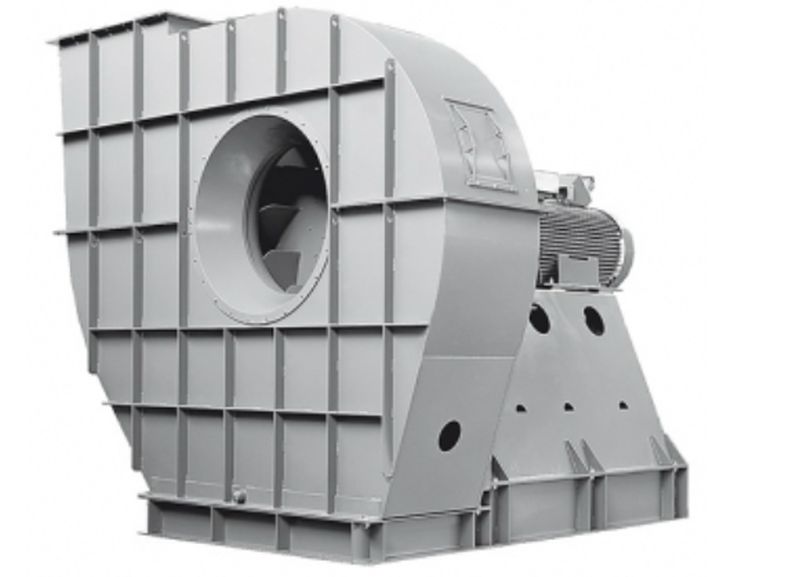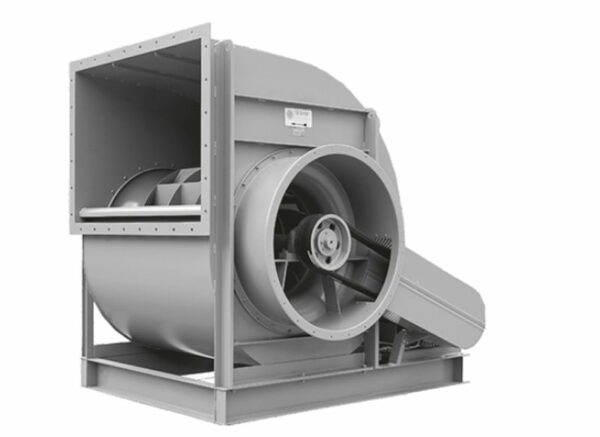We need only a tentative glance around us to see the influence of paint and coatings on our everyday environment. Automobiles, industrial machinery, farm equipment, river and sea going vessels, plus an incalculable number of other items that we see and use every day of our lives. There is no doubt that the painting and coating industry is massive. It is also high tech, complex and potentially hazardous.
New advances within the industry are constant, and largely driven by industrial chemists who are constantly developing new coatings and methods of application. Solvents are commonly used in paints and coating, xylene, toluene, alcohols and ketones to name just a few. Along with the solvents there are color pigmentates, such as titanium dioxide, anthraquinone, benzidine yellows, chrome oxide green, phthalocyanine blues and carbon black are a few.
These chemicals, along with many more are utilized in the four main types of painting and coating, they being, solvent base, waterborne, powder coating and anti-fouling. All of these, along with the constituent make-up of the coatings, require specific handling and treatment to ensure environmental protection compliance and to maintain the health and wellbeing of the workforce.
Regardless of the specific coating, its constituent parts and the method of application, achieving the required high standards, with which the industry must apply to, could not be achieved without the key roles played by industrial fans and blowers. It is no exaggeration to say that the industry would not be able to function without the multitude of applications to which industrial fans and blowers are applied.
The Application of Fans and Blowers Within the Industry

Many component parts in manufacturing processes are spray painted. The action of paint spraying requires compressed air which atomizes the paint to give and even coating to the recipient part. By the very nature of atomizing the paint not all of it will hit the prescribed target. This puts the working environment at risk. The continual build-up of over spray can damage expensive equipment which can lead to expensive shut downs and repairs.
If the airspace is allowed to become polluted with over spray then there is a clear risk to the health and wellbeing of the workforce. Short term exposure to the over spray can cause eye, nose and throat irritation, headaches and nausea. Longer term exposure can result in damage to the nervous system, liver and kidneys. There is also some research that suggests prolonged exposure may have links to certain forms of cancer.
So, there can be no doubt that throughout the process of paint spraying clearing the airspace of particle over spray is vital.To ensure the constant and efficient extraction of over spray industrial fans are essential. Centrifugal or axial fans facilitate this important function whilst also providing clean air to channel back into the work space.
Spray Booths
Individual spray booths are common place in the spray-painting process. Very often these booths require a finely controlled ambient air space. Temperature and humidity are key to ensuring optimum results from the paint product. This can only be achieved through efficient use of reliable and controllable industrial fans.
It is not just during the spraying process that the control of the air space is important. Prior to the commencement of spraying pre-preparing the air space is vital. Creating the correctly balanced ambient air space for spraying requires the removal of existing air space conditions. For use in spray booths, this is best achieved by utilizing tube axial fans on the exhaust side of the airflow, they provide excellent performance with low-cost installation.
Paint curing ovens

Modern industrial painting procedures, be it spraying or dipping, require the coatings to dry rapidly. In doing so productivity is maximized, and the shorter the curing time the lower the likelihood of the final finish being contaminated. Accelerated curing is achieved by having the coated parts baked in ovens, usually for up to 30 minutes.
In an oven the temperature of the wet surface rises. As the temperature increases the molecular activity increases accordingly, they literally bounce around with greater ferocity. The more rigorously the water molecules bounce around, the easier it is for them to escape into the surrounding air space. Thus, the outer coating dries much quicker.
Providing and maintaining the heat for these ovens must be exact and constant in order to keep to production timings, vital in modern industry where production lines are timed to within seconds. The fresh coatings dry via the water molecules escaping into the ambient air space, effectively raising the moisture levels in the air. This moisture must be exhausted to maintain the optimum drying conditions.
In all curing ovens, pre-conditioning of the ambient air space, temperature control and air extraction are provided by industrial fans. In modern industrial processes the air space controls are dictated by computer programs. As a result, the industrial fans need to be ultra-reliable and efficient to within fine parameters. On a modern production line, such as in the automotive industry, if any process fails the entire operation can come to a standstill.
From natural materials, such as wood, to steel, modern alloys and plastics, just about everything can be, and probably has been painted or coated in some way. It may be for preservation purposes or simply esthetics, but most probably both with multiple surface coatings.
So, the next time you are admiring the beautiful shine of your new car, reach for a cold drink from your refrigerator or marvel at the lasting sheen on the impressive oak doors of an historic building, just spare a thought. None of it would be possible without today’s modern industrial fans.
Article Submitted By Community Writer




